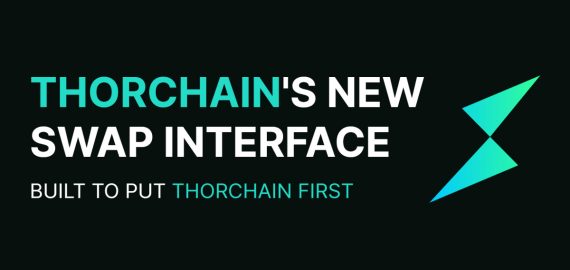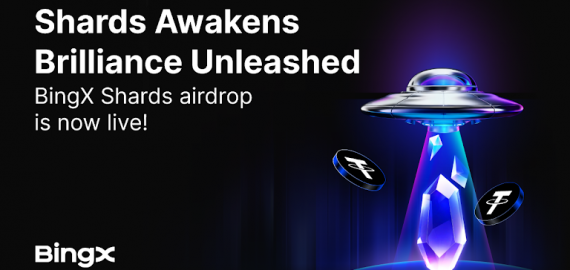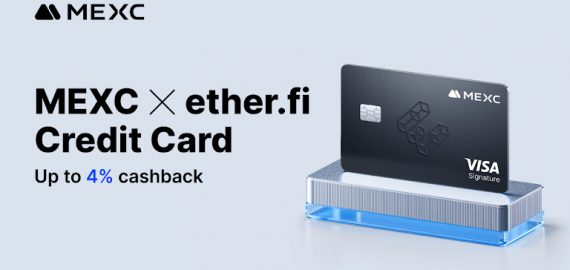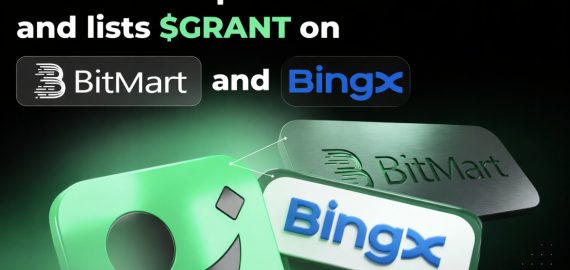Modular Blockchain Infrastructures Are Accelerating Web3 Games Development

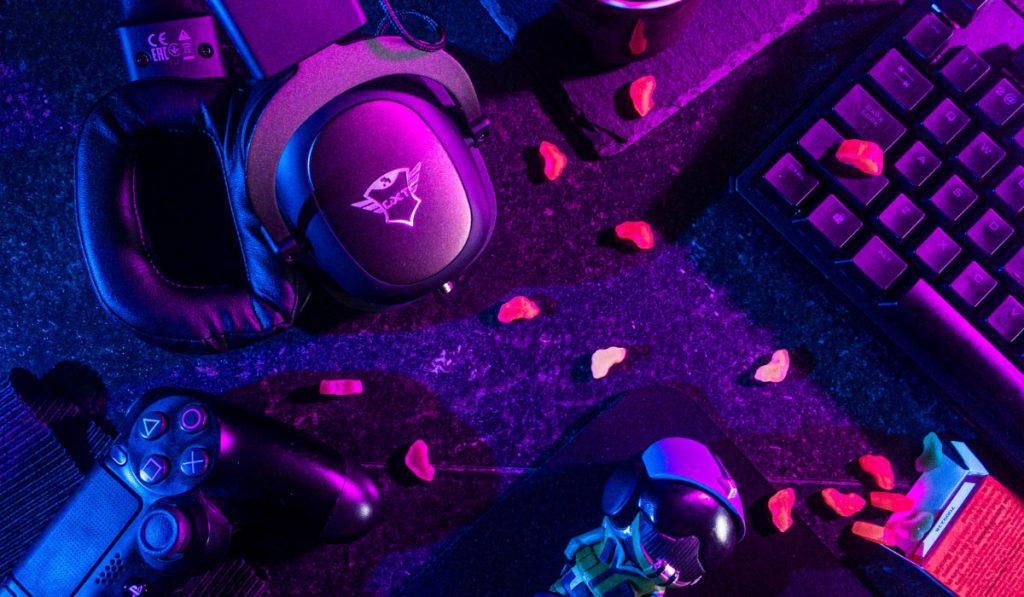
The task of designing and creating visually stunning games with exhilarating gameplay is a daunting one at the best of times, but throw in the complexity of blockchain, and things get even more difficult.
Fortunately, blockchain games developers don’t need to reinvent the wheel. Thanks to the rise of gaming-focused modular platforms such as Karrat Protocol and Oasys, developers can quickly integrate decentralized networks, smart contracts and digital assets in their games without major headaches.
In the tech industry, ready-made infrastructures have become essential for developers. Infrastructure refers to all of the computing systems, technologies, databases and so on that make up an application’s environment, powering compute, networking and digital operations. Developers can access pre-built IT infrastructure via cloud platforms or through private on-premises data centers, so they can focus on building their applications without distractions.
In the gaming industry, companies like Epic Games, Unity and Ubisoft play a pivotal role in helping developers to get creative, using ready-made gaming engines to develop, scale, run and monetize their games. Going further down the stack, most games today run on cloud services such as Amazon Web Services or Google Cloud, where they can access specialized services for real-time matchmaking, gaming analytics and more.
The Need For Dedicated Gaming Blockchains
Blockchain game development can benefit from a new infrastructure layer that goes beyond what traditional decentralized networks provide. Instead of building on platforms that struggle to scale, such as Ethereum, Web3 game developers are increasingly embracing dedicated blockchain platforms that provide a range of modular building blocks to support a more rapid pace of development. By building on these next generation platforms, developers can quickly realize their vision for competitive gameplay with real digital asset ownership.
Dedicated infrastructure is key to blockchain games, as users expect to engage in various activities besides the actual gameplay, including resource gathering, trading, crafting, looting, item acquisition and governance.
To enable this, gaming-focused blockchains must possess characteristics including low transaction costs, because without it, the in-game economies they support will never be able to flourish. They must also support rapid transaction speeds, capable of supporting hundreds of thousands of transactions per minute, to accommodate the demands of gamers who want to get their hands on the shiny new in-game items they purchase right away.
Network security is another essential aspect for any blockchain game to ensure trust and safety for its users, and to enable decentralized governance to function reliably. Such blockchains must also support multiple tokens and NFTs, and these capabilities must be provided in a way that developers can just plug them in without thinking about it.
The technical aspects of the underlying blockchain are crucial for games developers, but they must also consider other factors such as the onboarding process, the user experience and accessibility. How easy is it to buy the in-game currency? What are the steps involved in creating and securing a wallet? The answers to these questions can help guide developers towards the most suitable gaming blockchain infrastructure.
Who Is Leading In Blockchain Gaming?
Leading the charge in blockchain gaming infrastructure is the KARRAT Protocol, a modular decentralized gaming layer that provides various building blocks for games developers looking to integrate Web3 capabilities. KARRAT Protocol is supported by the $KARRAT token, which decentralizes governance across the community, and differentiates itself from other blockchain games with its focus on AI.
Many developers believe that AI is destined to play a key role in the future of gaming, supporting innovations such as AI-powered non-playable characters and video-enabled interactions. With KARRAT’s first game, My Pet Hooligan, computer vision is used to capture player’s facial expressions and replicate them on their in-game avatars, while NPCs are powered by generative AI, ensuring original, open-ended encounters that can have a direct impact on gameplay.
One of KARRAT’s chief competitors is Oasys, which has emerged as a market leader in Asia, cultivating a rich ecosystem of games that adhere to Japan’s regulatory standards. Notable features include the absence of gas fees for transactions and interoperability with Ethereum Virtual Machine Chains. Oasys has built up an impressive list of partners, with the likes of Sega, which is building its strategy card game Sangokushi Taisen: Battle of Three Kingdoms, on its infrastructure. Another key partner is Ubisoft, which is developing its first blockchain game, a tactical battle simulator called Champions Tactics.
The third major player is Immutable X zkEVM, which leverage zero-knowledge proof rollups to facilitate rapid, low-cost transactions in games. Differentiators include the Immutable Passport, which simplifies wallet creation for gamers. It’s the blockchain of choice for a number of leading Web3 games, including Gods Unchained, Ember Sword and Illuvium.
Ronin Network, the home of Axie Infinity, also deserves a mention, having evolved from its single purpose to create a thriving hub of blockchain games. Sky Mavis, the developer of Axie Infinity, has leveraged the fame of that game to attract many other developers onto its network, including Apeiron, Wild Forest and Pixels. By building on Ronin’s chain, games developers get easy access to one of the biggest and most vibrant communities of Web3 gamers.
Modular Blockchains Are Transforming Gaming
The blockchain gaming world is evolving rapidly, and multiple platforms have emerged to compete, unlocking more advanced functionalities and seamless integrations for game developers. Whether it’s the advanced AI capabilities of KARRAT Protocol, the scalability of Immutable X or the enticing ecosystem conjured up by Oasys, every gaming-focused blockchain brings key advantages to the table.
For developers, the emergence of modular blockchain gaming infrastructures allows them to knuckle down and focus on creating more immersive, competitive and thrilling game experiences. It’s little wonder that Web3 is one of the fastest-growing niches in the video games industry, with an ever-expanding range of challenges and rich rewards on offer.
Disclaimer
In line with the Trust Project guidelines, please note that the information provided on this page is not intended to be and should not be interpreted as legal, tax, investment, financial, or any other form of advice. It is important to only invest what you can afford to lose and to seek independent financial advice if you have any doubts. For further information, we suggest referring to the terms and conditions as well as the help and support pages provided by the issuer or advertiser. MetaversePost is committed to accurate, unbiased reporting, but market conditions are subject to change without notice.
About The Author
Gregory, a digital nomad hailing from Poland, is not only a financial analyst but also a valuable contributor to various online magazines. With a wealth of experience in the financial industry, his insights and expertise have earned him recognition in numerous publications. Utilising his spare time effectively, Gregory is currently dedicated to writing a book about cryptocurrency and blockchain.
More articles

Gregory, a digital nomad hailing from Poland, is not only a financial analyst but also a valuable contributor to various online magazines. With a wealth of experience in the financial industry, his insights and expertise have earned him recognition in numerous publications. Utilising his spare time effectively, Gregory is currently dedicated to writing a book about cryptocurrency and blockchain.














































